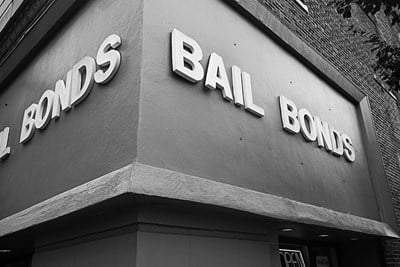Bail bonds act as a type of surety to guarantee that an arrested person shows up for his or her appointed court date. There are many different types of bail bonds available. Here is a look at each type of bail bond, and the reasons why each type may be used.
Cash Bond
A defendant will use a cash bond to offer their bond amount directly in the form of cash. Some courts may accept checks or even credit cards in lieu of straight cash. If a defendant is deemed a flight risk or is believed by the court to be a danger to the public, the judge may increase the bail amount in order to keep the defendant in jail until their court date.
Surety Bond
Surety bonds are similar to cash bonds, but the difference is that a surety bond is used if the defendant is unable to pay the bond amount on their own. Bail agents will be contacted by friends or family and the bail agent, or bondsman, will cover the bail amount. Once bail has been paid, the bondsman will be in charge of making sure the defendant appears on the scheduled court date. If the defendant does not show up for court then the bondsman will send out a bounty hunter to retrieve the defendant since they are now responsible for covering any fees levied.
Property Bond
Bail amounts are not always covered directly by money. A defendant can also choose to pay their bail amount using property, usually in the form of a car, house, or other property. In the case of a missed court appearance, that property will then be forfeited to the court. This option is usually only considered as a last resort due to the risks of losing such valuable property.
Immigration Bond
An immigration bond is only used when dealing with the Immigration and Customs Enforcement Department of the federal government. In most ways, an immigration bond functions like a surety bond. A bond agent will pay the bond after being paid a premium by the defendant. The difference is that after they are released, the defendant must report to immigration hearings as an added requirement.
Personal Recognizance
While most cases involve paying a monetary bail bond amount, some judges may deem that a defendant can be released on personal recognizance. This means that, instead of paying a bail, the defendant is simply released with the responsibility of attending their court appearance. Other conditions may be applied, and if these are not followed then the defendant can be brought back into custody until their court date.
Release on Citation
Used for minor infractions, a citation involves the arresting officer simply issuing a citation to the accused with their court date. This requires no money to be paid for bail. Failure to appear on this court date can lead to arrest warrants and further legal trouble, including jail time



